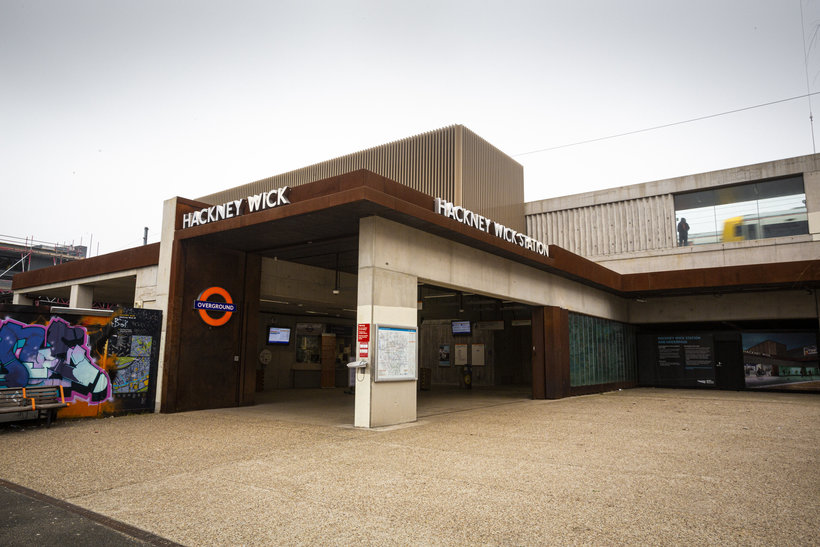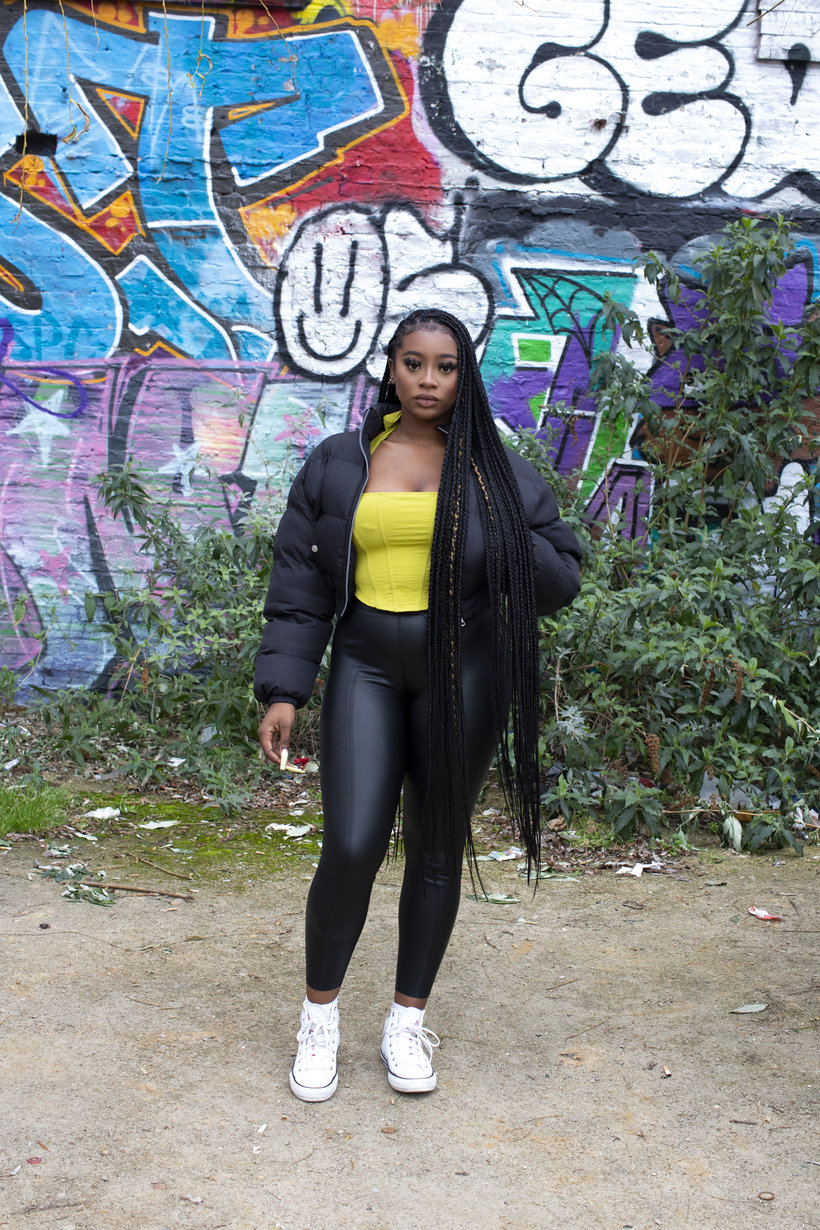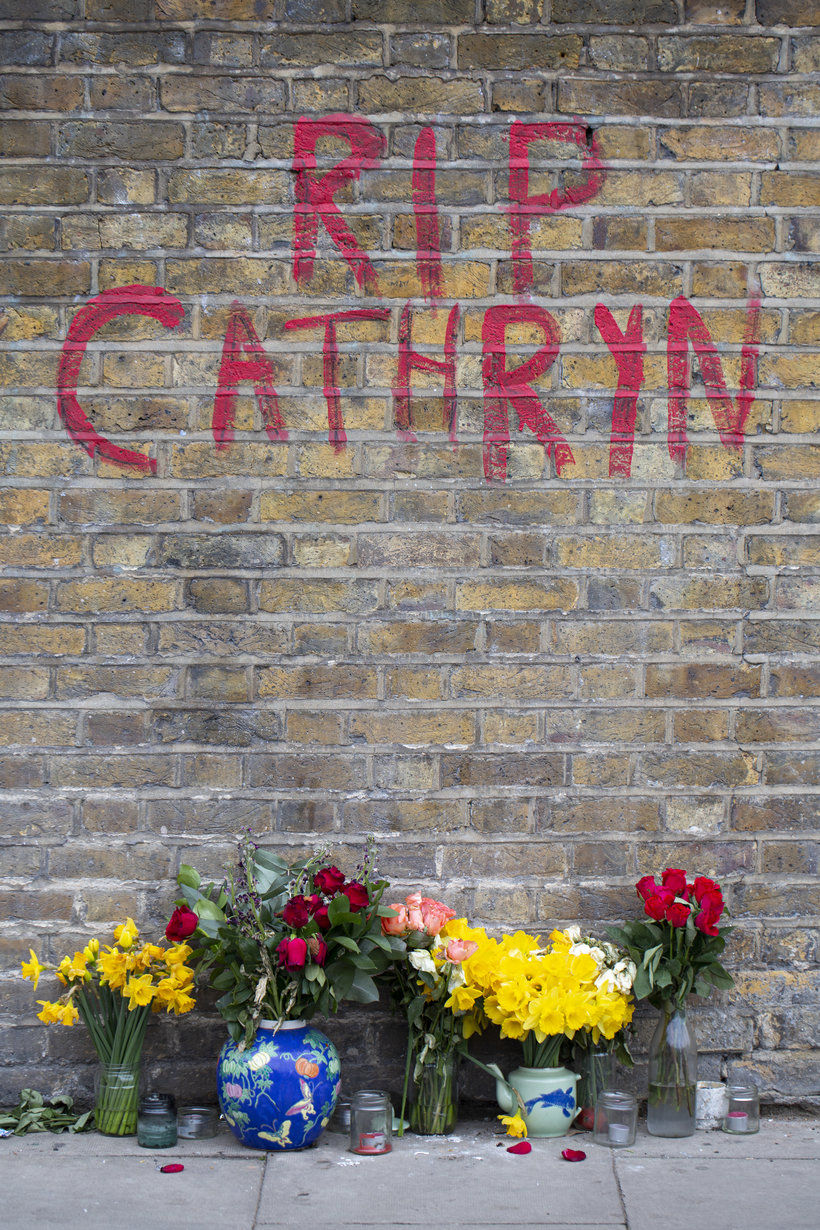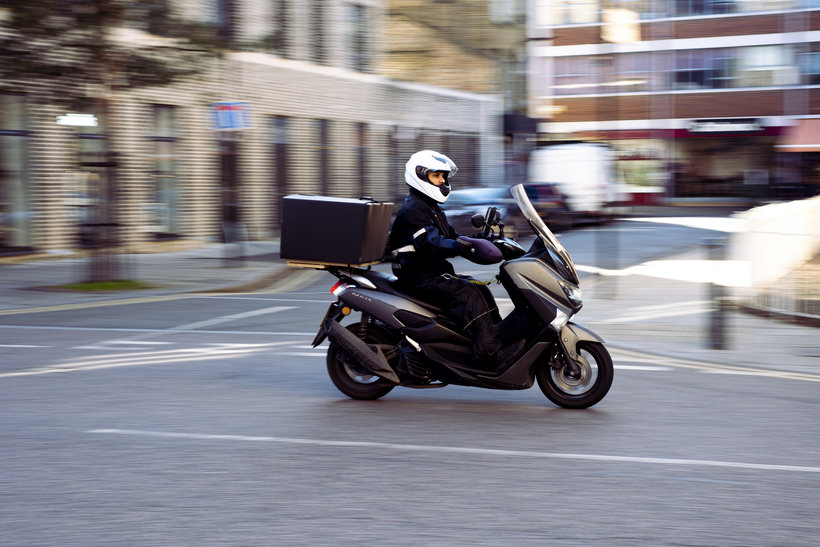Introduction to Digital Photography in Manual Mode
Course final project
A course by Debbie Castro , Photographer, Artist, and Educator
About the final project for: Introduction to Digital Photography in Manual Mode
Introduction to Digital Photography in Manual Mode
“Photography is a great way to be a storyteller or a poet. You can create a language in a single image, a series, or as I did in my Final Project by creating a story of a location. It is easy to fall into the trap of just snapping aimlessly and edit when you go home, and that’s okay, but to get a thoughtful project, you want to tap into your emotions and use the language of photography to show how you feel. There are steps to help you with this, and it is not something that necessarily comes naturally. Patience is key. It is quite difficult to slow down, especially with our digital cameras, as we have the easy option of looking at the back of our cameras. It might be beneficial to stop yourself from looking at the back by taping it down. Walk around your surroundings and understand what it is that you feel about the topic. It could be simply whether you like it or not. The subject could be your cat, architecture, a place you grew up, a flower, a person. All that matters is that it means something to you. That it makes you feel an emotion or you connect with it whether that is positive or negative. How will you show this emotion with the camera exposure, angle, and lens choice? For instance, Fast or slow shutter speed, panning, shallow or deep depth of field, or by using a grainy texture or not. Will you stand on something to get above it or take it at height level, or do you find yourself lying on the ground? How close do you get to the subject? Do you get close with a wide-angle lens and have distortion or stand back? Do you use a trusty 50 mm and get as your eyes see or do you use a telephoto and can be quite far away but zoom in? After you decide on the topic It is time to go through the steps of taking a picture with manual mode. Take your time with this as it can take a few pictures to achieve what you want, and that goes for whatever experience you have at the moment. Practising is fun. 1. Composition (what lens to use and where do you position yourself. What do you want to put in and leave out of the composition? Where is the light, and where do you place yourself about it?) 2. Set your Exposure ISO Aperture and Shutter speed (Grain, Depth of field, Movement or freezing ) How do you want the image to appear? After setting your ISO, what will be the most relevant to your exposure shutter speed or aperture? And do you need a tripod and shutter release, or can you handhold? 3. Choose the Focus (auto/manual) and take the picture! In my final project I chose an establishing shot as my first image. It sets the scene. It gives you an idea of the location, the type of day it is, and the people that are in the area. I was interested in the architecture of Hackney Wick Overground Station. I chose this angle as it allowed me to get a 3d feel in the image. I wanted to also include the graffiti on the left, as it gives you a sign of what the area is like. This clean architecture with graffiti is balanced on the right with the train. I emphasized the train by using a slow shutter speed as it was entering the station and this creates a dynamic feeling in the photo. I also like that a person is standing there which gives the feeling of movement. We can see in the left background that there are building works, so this adds more to the image and hopefully wants to make the viewer want to know more without giving the whole story away





Partial transcription of the video
“Thank you for choosing my course to begin your journey in photography. It's been a real pleasure to share my process with you. And I'm really looking forward to see what you do for your final project. A photo essay about the street where you live? your favorite part of a city. Or a place that means a lot to you. Whatever subject you decide to choose, just remember what I taught you. And put what you learned into practice. When you decide on what camera and sensor size you're going to be using, Remember what effects your choice of lens will give and how you can use different lenses to emphas...”
This transcript is automatically generated, so it may contain mistakes.
Course summary for: Introduction to Digital Photography in Manual Mode
-
Category
Photography & Video -
Areas
Digital Photography, Photographic Composition, Photography

Debbie Castro
A course by Debbie Castro
Debbie Castro is a photographer and educator based in the UK. Born in Ireland, she has a degree in Psychology and Psychoanalysis and a master’s in photojournalism from the University of Westminster in London.
She specializes in conceptual documentary photography, and has exhibited her work in New York City, London, and photo festivals in her native Ireland. She has also published her own limited-edition photography book entitled “Who Gave You the Roses?” Currently, Debbie curates shows for the London Institute of Photography, coordinates photography classes, and mentors students from around the world.
- 98% positive reviews (203)
- 8,799 students
- 14 lessons (1h 45m)
- 18 additional resources (11 files)
- Online and at your own pace
- Available on the app
- Audio: English, Spanish (Latam), French, Italian, Portuguese, Turkish
- Spanish · English · Portuguese · German · French · Italian · Polish · Dutch · Turkish · Romanian · Indonesian
- Level: Beginner
- Unlimited access forever
Category
Areas


